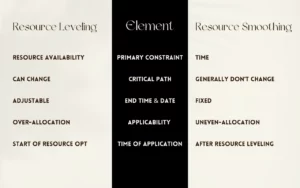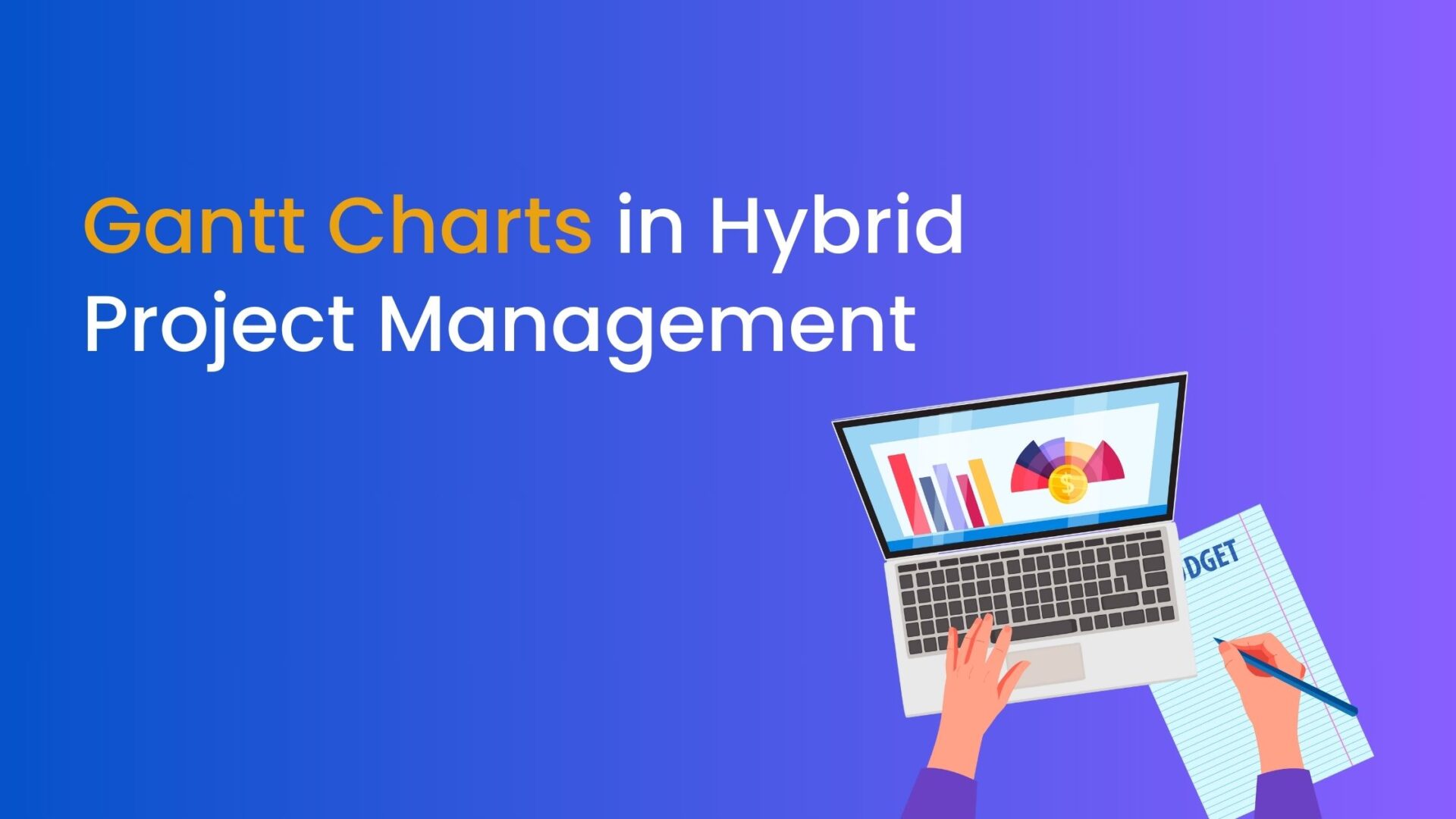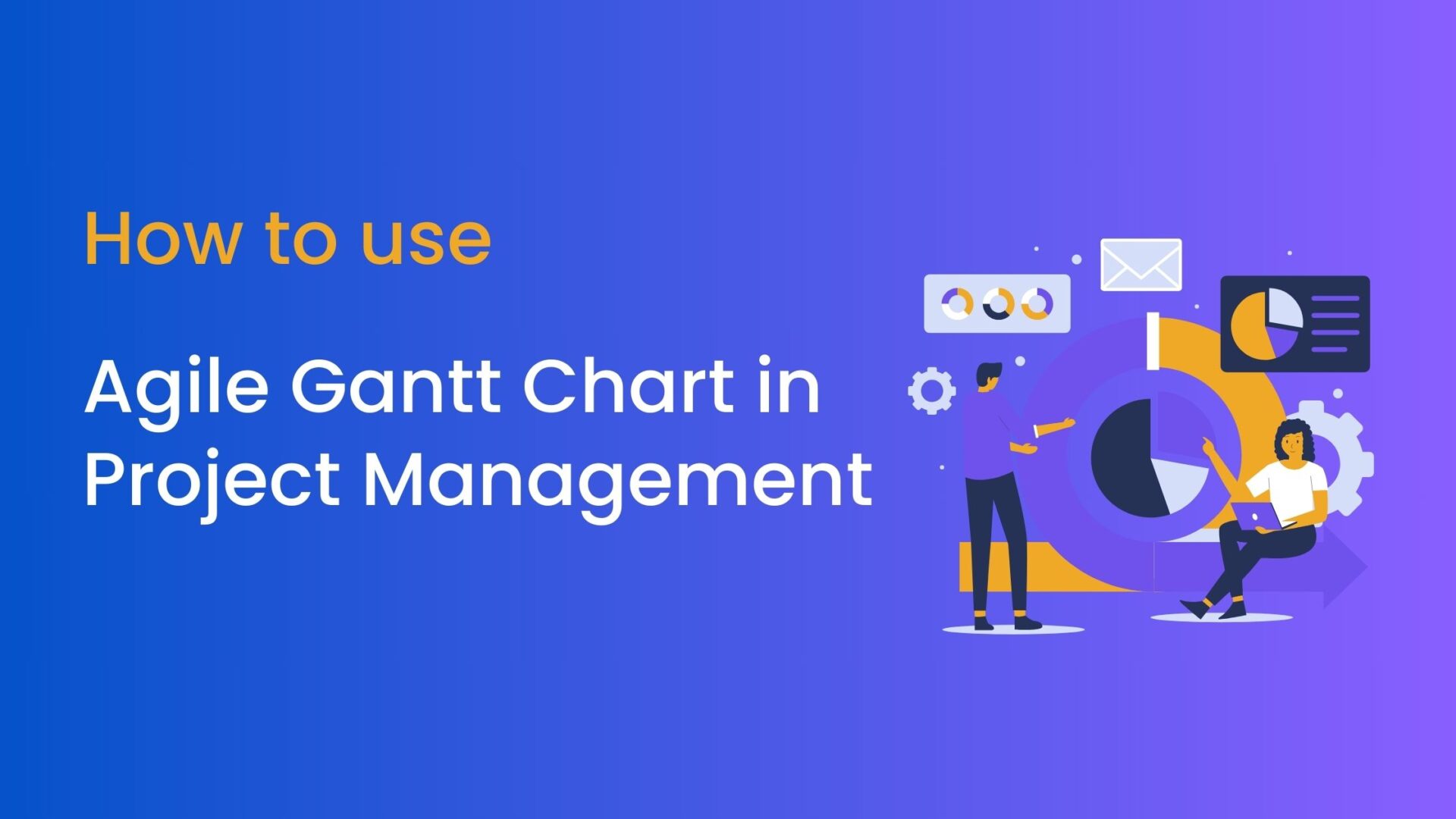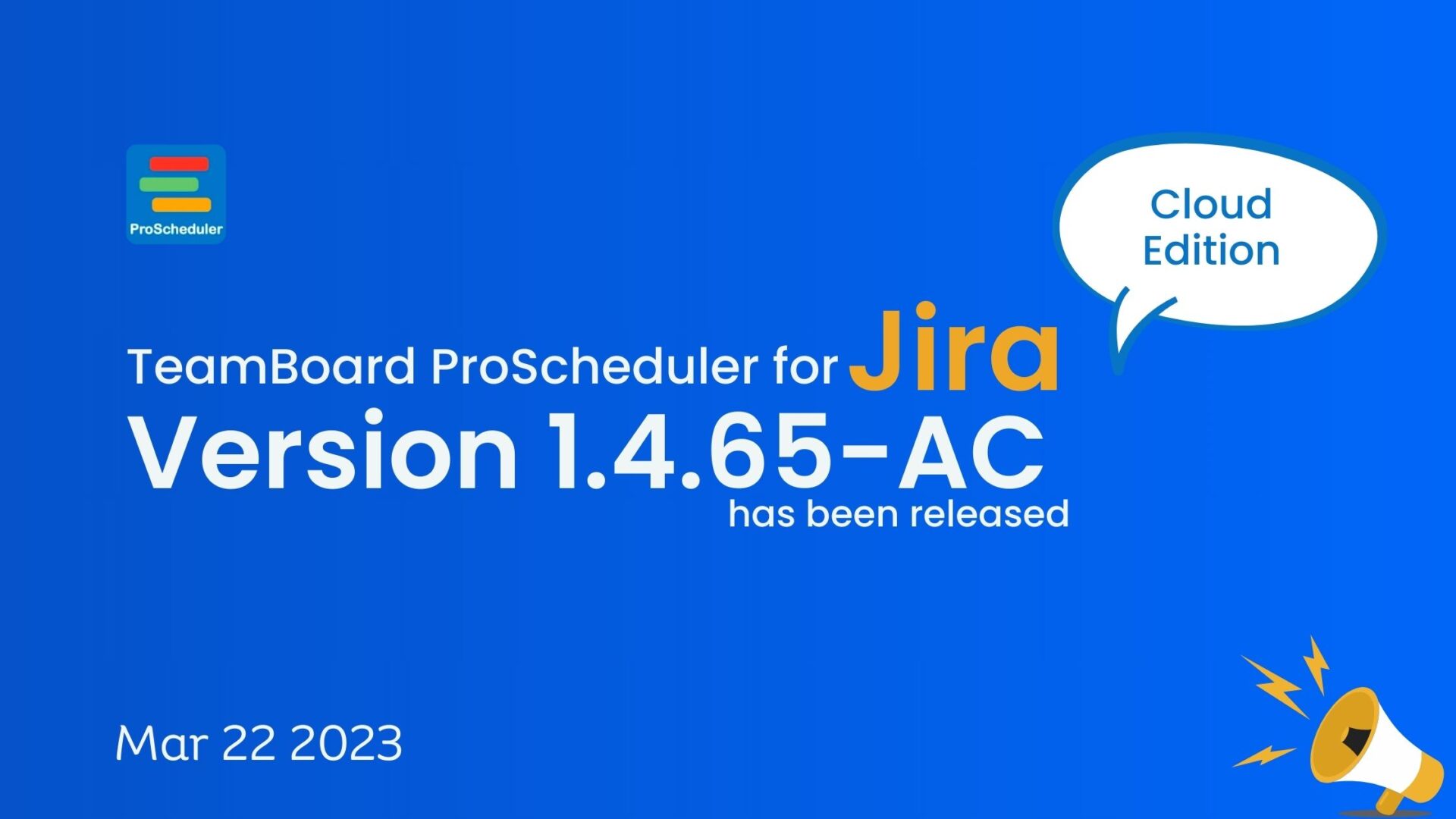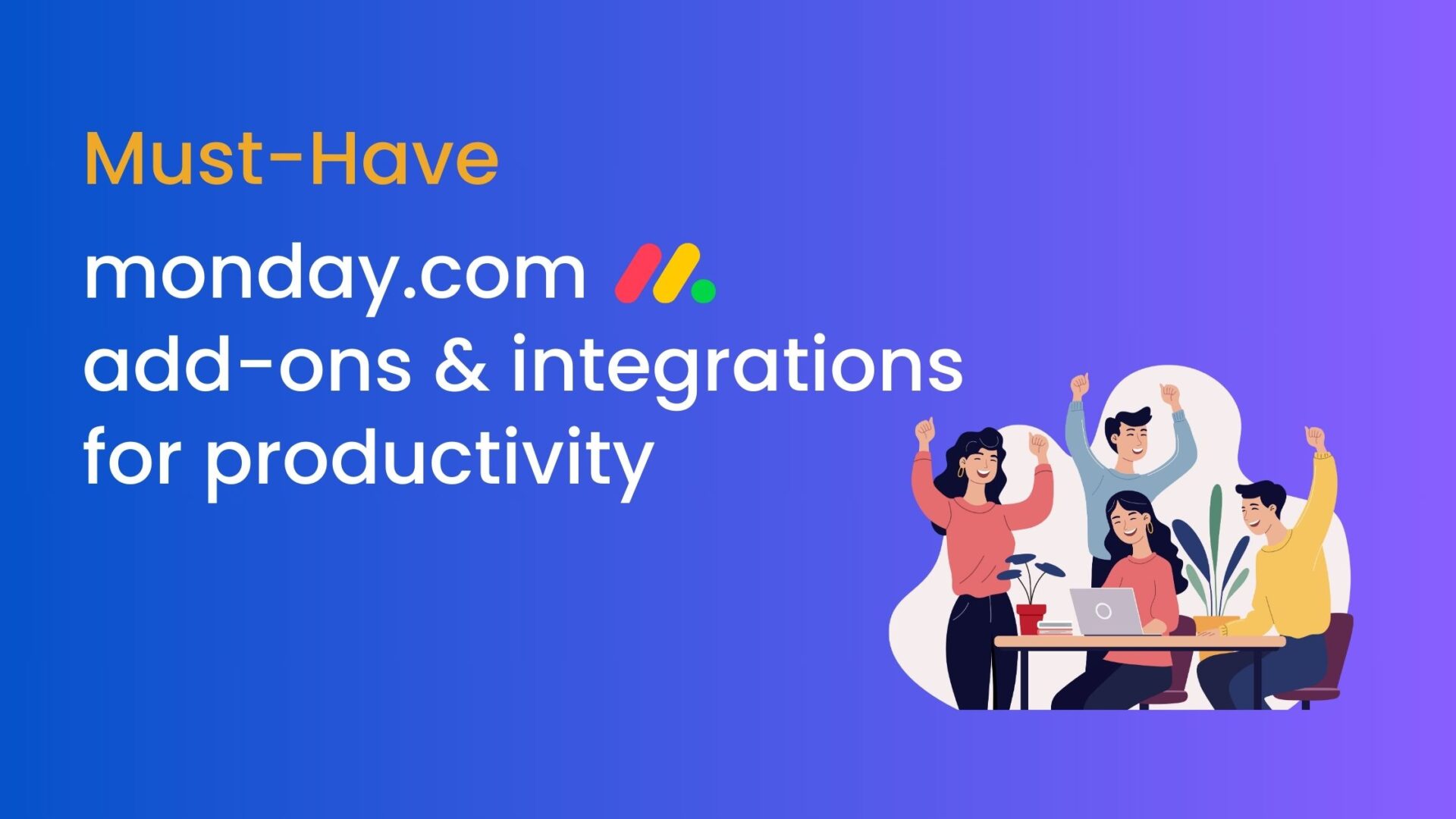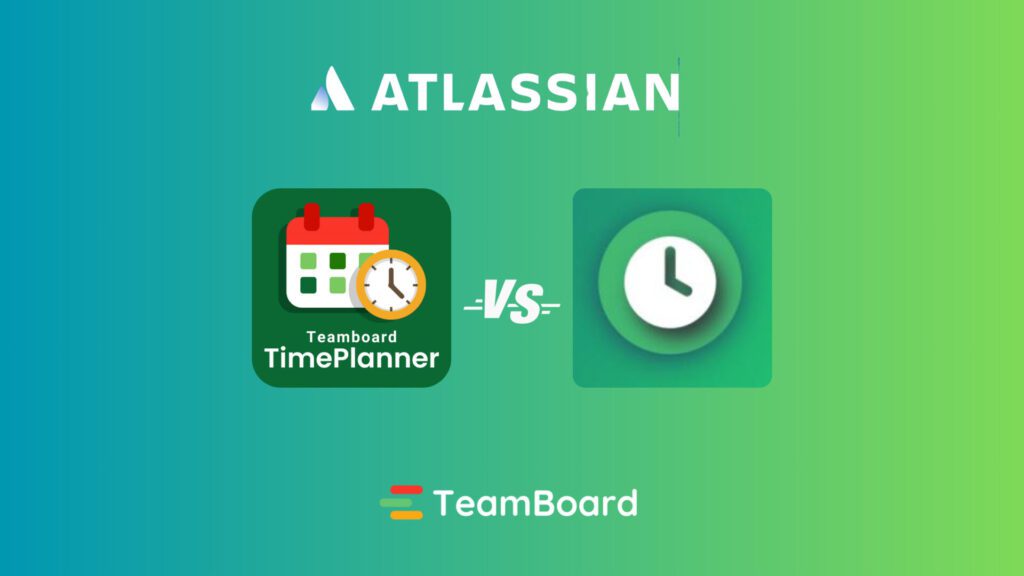Table of Contents
Project Procurement Management | Process, Benefits, Responsibilities
Irrespective of the industry, every project needs quality resources, goods, or services to achieve successful completion. Project procurement management is actually the coordination, selection, maintenance, and provision of these things.
So, to ensure the seamless execution of processes and resource management, it’s essential to have fine knowledge about project procurement management, its process, benefits, and much more. Let’s dig further into the details!

What is Project Procurement Management?
Typically, project procurement management is known as the identification, creation, and management of relationships with external sources. In this case, a project procurement manager communicates and hires the vendor needed to complete a specific project. To get a better understanding of this, here’s how project procurement management occurs:
- First, vendors bid to partner with brands or businesses seeking their services.
- The project procurement manager then selects the bid that best suits the company’s objectives. A little negotiation also happens in this step to ensure both parties get the best out of the deal.
Process of Project Procurement Management
There are six phases of project procurement management process; let’s discuss each to get detailed information!
-
Identification and Planning
The first step in the organizational project management process is identifying the resources you need for your project. While planning everything, the project procurement manager considers the total project budget and also a few other aspects, such as;
- Resource breakdown structure
- Contract or project requirements for all outside purchases.
- Project deadlines and milestones.
- Key delivery dates.
- Researching vendors to get the required goods.
- Criteria or standards for partnership.
Also, the project procurement manager should write everything that has been planned in a clear tone.
-
Selection of Vendor
The next one of the six phases of project procurement management process is the selection of vendors. The project manager assesses the vendors and their bids according to the project needs. This is a very critical component of the whole procurement process, as cost, service speed, and reputation need to be determined before sealing the deal.
-
Submit Purchase Requisition Document
Purchase requisition generally refers to a document that’s submitted to internal authorities to get approval. Now that you’ve determined the compatible vendor, you will need approval from the purchasing department. Here are the details you need to provide:
- Description and quantity of things or services required.
- The party that needs that particular service.
- Vendor’s information and cost.
-
Issuance of Purchase Order
The financial department will issue a purchase order to the vendor after the purchase request has been approved. This works as a green signal for the vendor that they can proceed with the order request. Moreover, if you intend to work with the selected vendor for a long time, consider standardizing the processes using Teamboard.
-
Order and Payment Details
In this, the vendor sends an order along with the invoice to the purchaser. The invoice shares a detailed breakdown of all the services, goods, and costs. You also need to submit the payment for the order according to the deadline mentioned on the invoice.
-
Payment
Lastly, when all the services and goods have been delivered, it’s time for the vendor to get paid. The project procurement manager then directs the finance department to send the payment as per the preferred method.
Benefits of Project Procurement Management
Here are a few of the procurement project management benefits that you should know:
-
Better Quality
Project procurement management gives businesses a chance to go for contracts and services that fit their needs. The stakeholders become confident in the quality of goods and consider their investment a good deal. It’s because adequately negotiated and well-researched contracts ensure the successful completion of a project. This paves the way for a good profit and more investment opportunities in the future.
-
Limited Cost
Project procurement management helps you understand the overall cost of services and goods required for your project. In addition, it also enables you to select the vendors who best fit your project demands and offer services within the budget.
-
Less Risk
Negotiating with multiple vendors about their services and cost gives organizations more clarity about the available options. Project procurement managers can figure out the cost, services, and quality of each vendor. This also gives them a surety that with a specific vendor, the risk of contract violations and delays is minimal.
Responsibilities of a Project Procurement Manager
A project procurement manager handles the whole procurement management process. Here are a few of their responsibilities:
-
Evaluate a Supplier
Before sealing the final deal with a supplier, it’s your duty to check whether the supplier is credible enough to collaborate. You should also look at the price and quality they offer and the time they will take to deliver the order.
-
Vendors Interviews
It’s also the role of a project procurement manager to meet the vendor in person before finalizing anything. In this way, you get to learn more about their products and services to ensure that your evaluation is correct.
-
Visit Distribution Center or Supplier Plants
Another responsibility is to visit the distribution center or plant of the selected supplier. You need to analyze whether the supplier is working according to the company’s demand. Are the conditions optimal for your project? Is the supplier using high-quality tools and products?
-
Attend Conferences and Meetings
As a procurement manager, you must stay up-to-date about the changing business and market conditions, suppliers, etc. So, for this purpose, you should attend conferences and meetings and keep up with the learning process.
Conclusion
Undoubtedly, project procurement management helps you complete your projects hassle-free. However, to keep track of project progress and resource availability, and utilization, you can employ an efficient resource management tool. If so, then there’s nothing better than the ProSchedular Teamboard!
This tool helps you in easy project planning, allocation, management, and building an effect breakdown structure. Moreover, it also keeps you informed about project deadlines and the availability of resources needed to complete a certain project.



